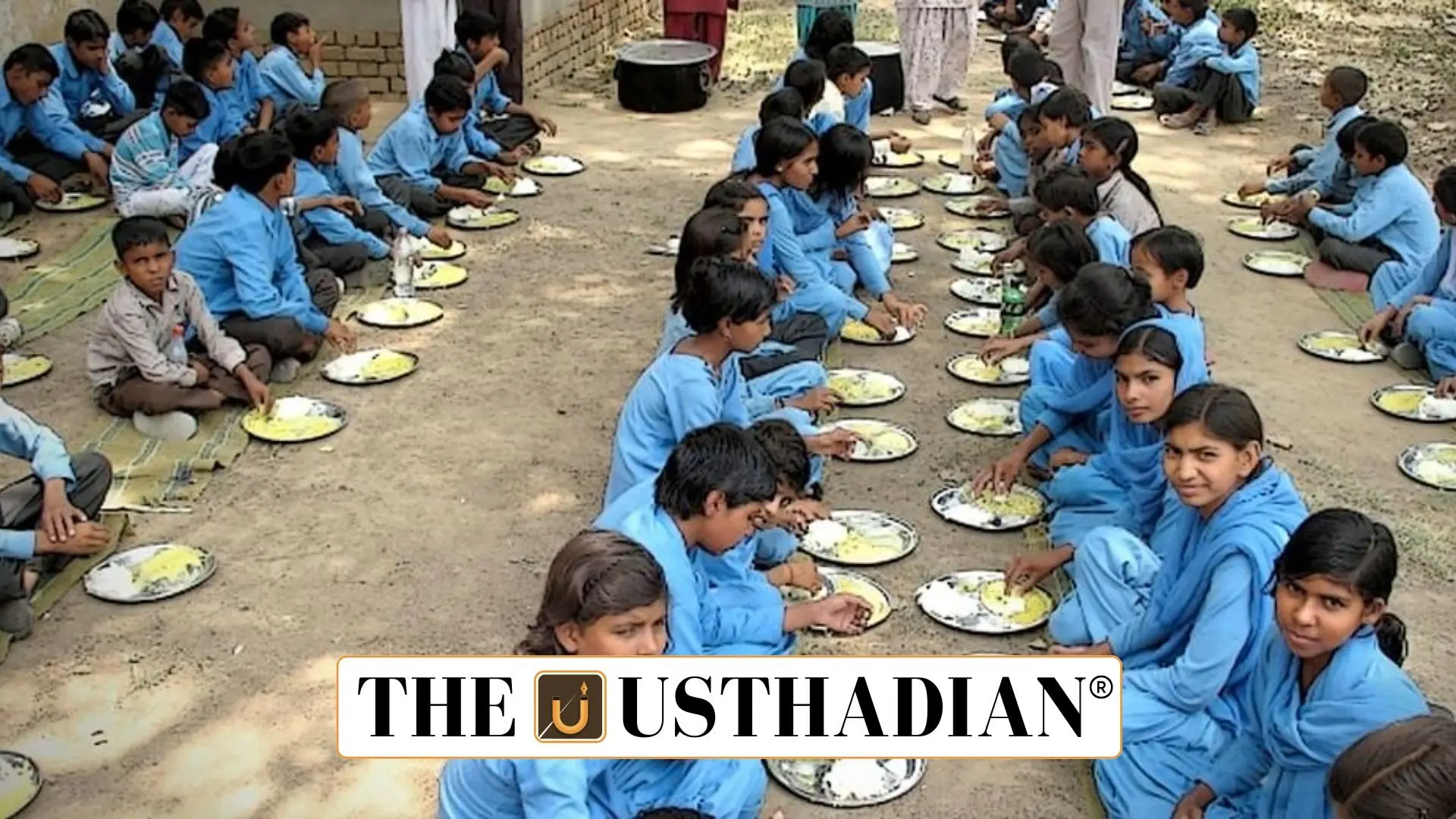From Midday Meals to PM-POSHAN
Pradhan Mantri Poshan Shakti Nirman Scheme: Nutrition and Education Hand-in-Hand: The Pradhan Mantri Poshan Shakti Nirman (PM-POSHAN) scheme, earlier known as the Mid-Day Meal Scheme, was renamed in September 2021 to reflect a broader vision. This scheme provides hot cooked meals to students from Balvatika to Class VIII in government and government-aided schools. It’s not just about feeding hungry children—it’s about ensuring that education and nutritional security go hand in hand, especially for disadvantaged groups.
How the Scheme Supports Children
One of the scheme’s key goals is to improve children’s nutrition and reduce classroom hunger, which in turn boosts attendance and concentration. In drought-hit or disaster-prone areas, meals are provided even during summer vacations, ensuring no child goes hungry when schools are shut. By combining nutritional care with educational encouragement, the scheme creates a healthy learning environment for millions.
Rising Costs and Expanded Funding
To reflect the rising costs of food, the material cost per meal was revised in 2025-26. For Balvatika and primary students, the per-meal cost increased from ₹6.19 to ₹6.78, while for upper primary students, it rose from ₹9.29 to ₹10.17. This 9.5% increase translates to an added financial burden of ₹954 crore for the Central Government. Despite the increase, the scheme continues to reach over 11 crore students across more than 10 lakh schools.
What’s on the Plate?
Nutrition norms under PM-POSHAN are age-specific. Primary students are served meals containing 20g of pulses, 50g of vegetables, and 5g of oil, while upper primary students receive 30g of pulses, 75g of vegetables, and 7.5g of oil in their meals. These quantities ensure a balanced diet that supports growth, learning, and immunity. The meals are often fortified with iron and micronutrients to combat anaemia and stunting.
Monitoring and Distribution Scale
To keep pace with inflation, the Labour Bureau tracks the cost of food items through the Consumer Price Index for Rural Labourers (CPI-RL). This index is compiled using monthly food price data collected from 600 villages across 20 states. On the ground, the Food Corporation of India (FCI) supplies about 26 lakh metric tonnes of food grains annually, completely free of cost to states.
Efficient Cost Sharing
For each Balvatika or primary meal, the total cost (including food grains) is around ₹12.13. For upper primary students, it goes up to ₹17.62. The Central Government fully funds the cost of food grains and their transportation.The state governments share the cooking and infrastructure costs, ensuring efficient financial collaboration in service of children.
STATIC GK SNAPSHOT
Pradhan Mantri Poshan Shakti Nirman Scheme: Nutrition and Education Hand-in-Hand:
| Element | Details |
| Scheme Name | Pradhan Mantri Poshan Shakti Nirman (PM-POSHAN) |
| Previous Name | Mid-Day Meal Scheme |
| Launched | Renamed in September 2021 |
| Coverage | Balvatika to Class VIII students |
| Schools Covered | 10.36 lakh schools |
| Beneficiaries | 11.20 crore children |
| Material Cost Hike (2025-26) | 9.5% increase; ₹954 crore additional burden |
| Per Meal Cost (Balvatika/Primary) | ₹6.78 (material), ₹12.13 (including food grains) |
| Per Meal Cost (Upper Primary) | ₹10.17 (material), ₹17.62 (including food grains) |
| Nutritional Norms (Primary) | 20g pulses, 50g vegetables, 5g oil |
| Monitoring Agency | Labour Bureau (CPI-RL) |
| Food Supply | 26 lakh MT food grains by FCI |








